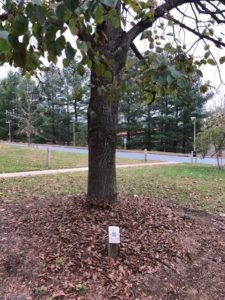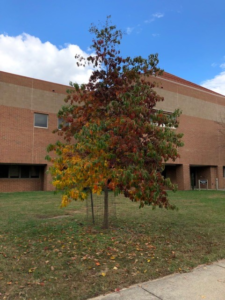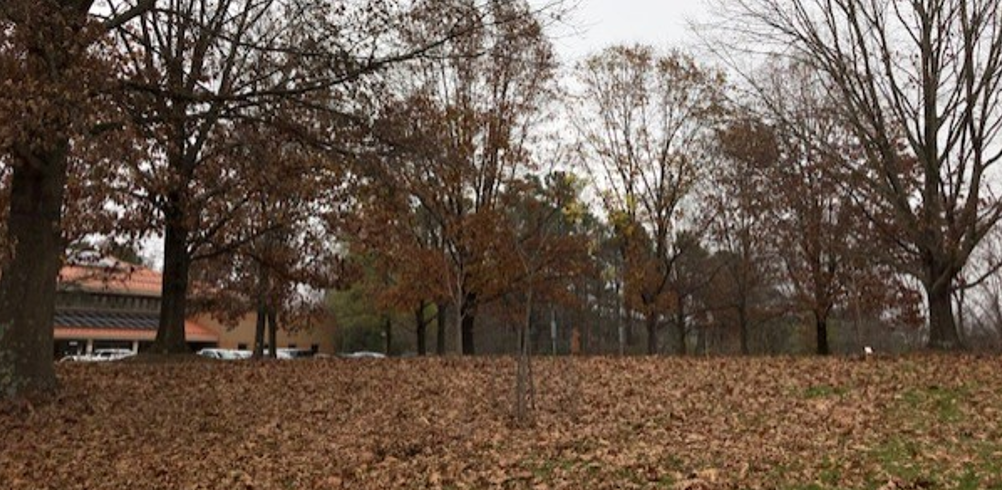 We have enjoyed lovely autumn colors within the James Watershed this fall, and now the trees are beginning to shed their leaves in preparation for winter. With the cooler, shorter days, we will see more leaves falling and blanketing the ground. Not long after comes the familiar sounds of leaf blowers and rakes trying to clear the ground of the newly fallen leaves. Some may look at leaf litter and think it is an untidy nuisance, but it has various benefits to offer.
We have enjoyed lovely autumn colors within the James Watershed this fall, and now the trees are beginning to shed their leaves in preparation for winter. With the cooler, shorter days, we will see more leaves falling and blanketing the ground. Not long after comes the familiar sounds of leaf blowers and rakes trying to clear the ground of the newly fallen leaves. Some may look at leaf litter and think it is an untidy nuisance, but it has various benefits to offer.
What benefits can leaf litter provide?
Leaf litter adds a layer of organic matter to soil. Leaves decompose over time and offer nutrients to the soil that trees, animals and plants later benefit from. The leaf litter also contains twigs, acorns, seeds, and other matter that provides habitat for diverse microorganisms. This layer of litter can serve some of the same functions as mulch, and act as an insulating layer while keeping soil in place and preventing erosion.
 How does this relate to riparian buffers?
How does this relate to riparian buffers?
Since leaf litter blankets the ground and can provide a “mulching” function, soil will stay more intact during heavy rains or runoff events. Rather than loosely running right into our water sources, soil coated with a layer of leaf litter will be more protected. Soil and its nutrients staying in place is also important for the health of trees within a riparian buffer. The trees in your buffer need soil, moisture, and nutrients for protection and food, and leaf litter can help maintain all these important things!
If you rake leaves, what are some strategies to use that will still allow you some of the benefits the leaf litter provides?
If you do rake or blow leaves in the yard, you may choose to strategically place your accumulation of leaf litter around parts of your property that could benefit from this organic layer. You could choose to add leaf litter to a compost pile, which can later be worked into your soil to add organic nutrients. Another option would be to add leaf litter to gardens, flower beds, or around trees to serve as a mulching layer. Leaving leaf litter around a riparian buffer could be a valuable tool in preventing erosion and providing nutrients to the soil around your riparian plants. There are many possibilities that may fit your needs and goals, while using resources that are already available!

